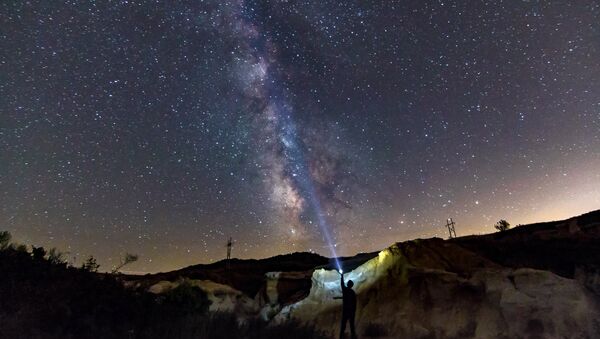"Light pollution is one of the most pervasive forms of environmental alteration. It affects even otherwise pristine sites because it is easily observed during the night hundreds of kilometers from its source in landscapes that seem untouched by humans during the day, damaging the nighttime landscapes even in protected areas, such as national parks," the study says.
The atlas reveals that some of the world’s worst light pollution is to be found in Singapore, Kuwait, South Korea, Canada and Spain. Nevertheless, the researchers point out that this is, in fact, a global problem that “causes global ecological consequences, poses public health issues and wastes energy and money.”
It should be noted that light pollution poses a genuine threat to ecosystems (for example, by disrupting nocturnal creatures’ behavior patterns) and has adverse health effects, as excessive lighting can disrupt the recovery processes that occur during sleep.
"It is possible to imagine two scenarios for the future. Perhaps the current generation will be the final generation to experience such a light-polluted world, as light pollution is successfully controlled. Alternatively, perhaps the world will continue to brighten, with nearly the entire population never experiencing a view of the stars," the scientists postulate.


